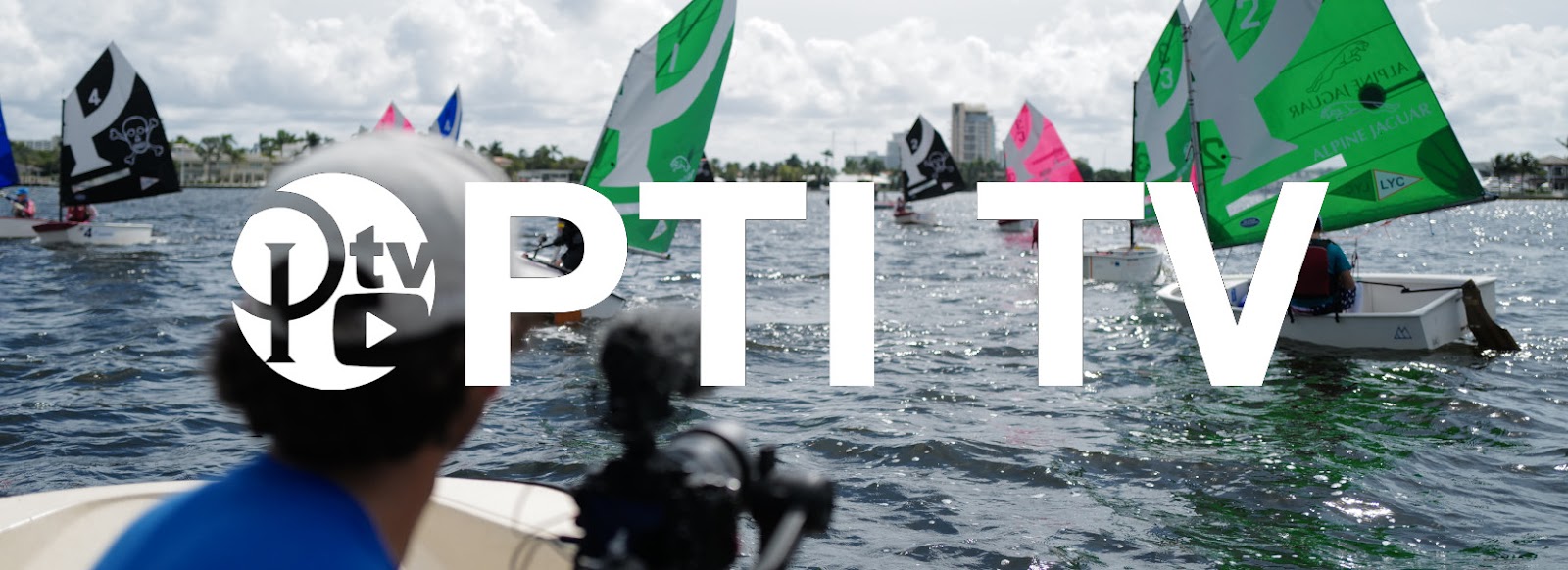Are We Thinking About The Whole Picture?
Sailing Scuttlebutt recently posted an article about a company out in Italy, Northern Light Composites, that is focusing on sustainable boatbuilding from the ground up. It was interesting because they're tackling the problem of end-of-lifespan recycling for boats, which is a big problem - and many people don't notice. GPR, or fiber-glass optimists don't end up in the recycling bin once they get too old, they end up in landfills. This is sadly the fate of literally tons of old boats and it was good to hear about someone trying to do something about it.
Focusing On Eco-Sustainable Sailboats May 7th, 2020
But it got me to thinking, what is the Optimist class doing about it? They are taking some great steps to educate sailors on sustainability, and environmentally friendly practices for their beloved sport; but I got to thinking about what this large, large class could do if they pushed this 'eco-friendly' solution towards boatbuilding and the design of the boat.
Yes, I get it - there are people that hate the optimist. Yes, I understand that it's a slow boat. Yes, a lot of kids will hop on other boats if given the opportunity. BUT - the Optimist remains a favorite trainer class because it is a relatively slow, stable platform that provides complexity while remaining simply rigged. Now, this matters to pushing the future of the class with respect to the kids' environmental future because we have the numbers to drive policy change. We as the adults in the class espouse values like 'lifelong sailing' and 'sailing green' but looking at the very foundation of the class - the boat itself - we are falling short, in my opinion.
Regatta parks are littered with sail ties, left behind equipment; metal, fiberglass, resins - we can do better. Starting with the boat itself. Here's a picture from the Sailing Scuttlebutt article of the ecoPrimus, a 2016 design by David Bereczki for sailing schools and the first racing kids will do.
Everybody wants to make the boat that replaces the optimist, but why be in a rush to throw out a boat that kids enjoy just fine for the first few years (another subject entirely) when we can simply adapt the old design for modern times? The Primus is a good idea, but for example, the opti can stand to gain by making a loose-footed mainsail. There isnt really a need for boom-ties that fall off and create more trash and pollution. Keep the mast ties to promote the seamanship and fine adjustment that caters to the brainier kids, but the mast step can definitely use a refresh.
And what about having to get rid of your investment after your kids gets too big for the boat? I think we can help reduce the optis that are ending up in landfills by adapting them with ideas like the O-Pro bow extension and rig
Just imagine, the boat you buy can be with them until 16, 17 years old, made from sustainable materials and doesn't require you to make massive investments at each jump. We're not advocating for you to go out and buy an O-Pro, or keep a kid that's too big for an Opti sailing them - were advocating that we've got to start thinking out of the box when it comes to choices in sustainability. Imagine: a future where prices aren't out of control and great regattas are not so far away that you don't have to travel so much! That's a future we want to be a part of!





Comments
Post a Comment